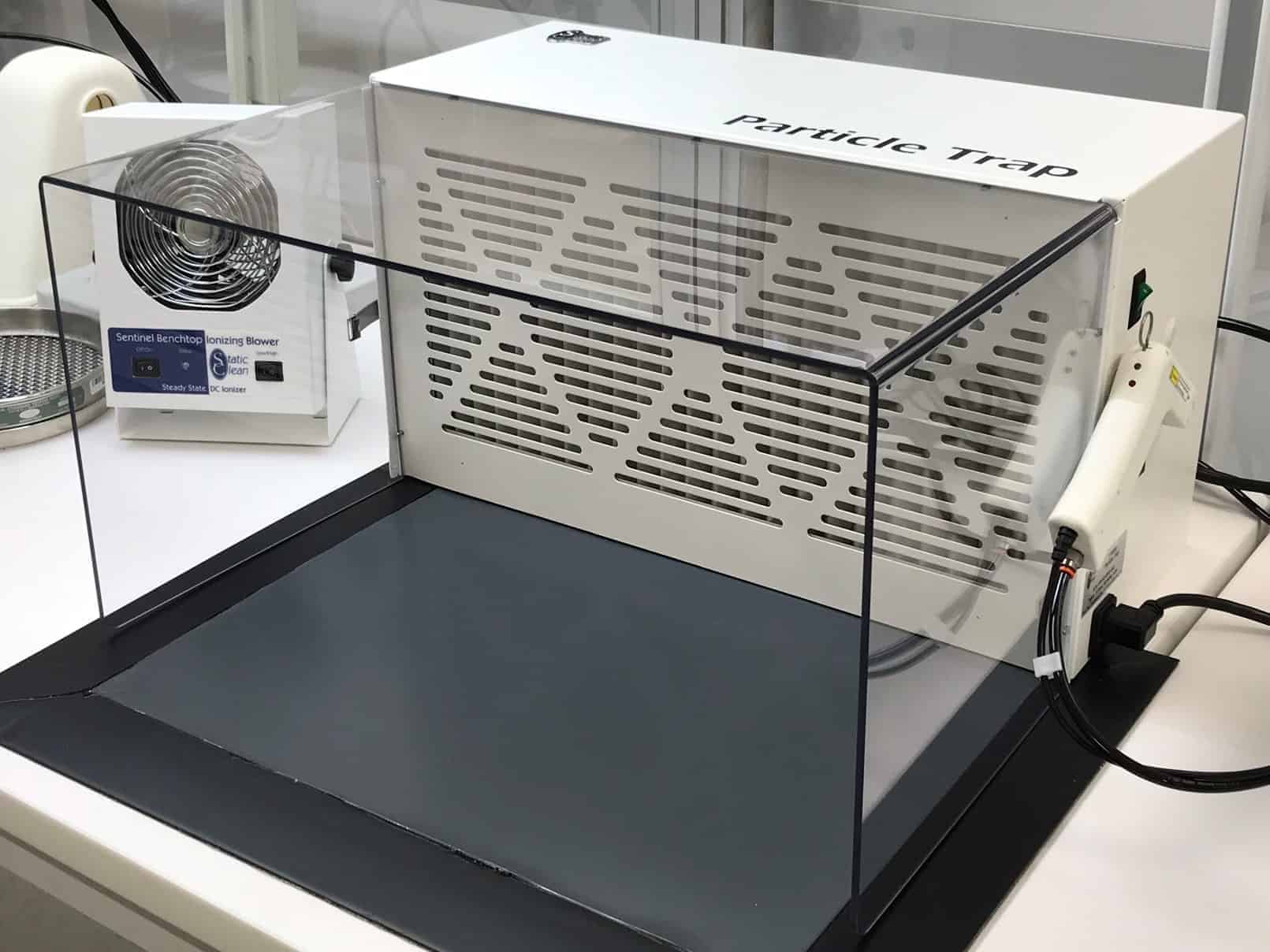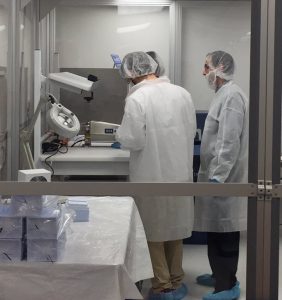Particle Size, Particle Retention & Process Practicality
Particle collection efficiency by a filtration device usually brings a common question. What is the ISO number that is associated with HEPA filters used in the Static Clean Particle Trap® series products? A recent request from a customer asked this exact question. Our answer in response was that the ISO rating on our HEPA Filter is ISO 40E-99.99% at MPPS. Obviously, the customer with the questions knew what to ask and was technically astute, but to a novice it may seem confusing, so first let’s establish what MPPS mean. It is the Most Penetrating Particle Size. Larger particles are unable to avoid the special filter media in a HEPA filter and they become embedded in the filter material. The smaller particles become the MPPS, which gives the HEPA their rating. For more critical filtration needs, ULPA filters are available and could have an efficiency of 99.99995% at MPPS.
For the world of static control, and filter efficiency of the Static Clean Particle Trap® Systems, we are mostly talking about HEPA filtration. But filtration only tells a part of the story. Although you can perform tests to validate HEPA filters and modern particle counters can provide information on airborne particulate, it doesn’t tell the story on how clean a medical injection molded plastic part may be or how many particles are on a catheter or the tray or package that is going to house the medical device. Yes, there are liquid particle counters that can verify all particle sizes, but real time production of high-volume parts means that, at best a visual inspection on the fly is the standard.
Most of the Medical Device Manufacturing is done in an ISO Class 7 or ISO Class 8 cleanroom, with an emphasis on ISO Class 8. Federal Standards FS 209E and ISO 14644-1 require specific particle measurements to verify the cleanliness of the clean room or clean area. When talking about an ISO Class 8 environment, it does mean that the maximum/particles/m3 allows for almost 30,000 particles in the 5 micron or smaller range. It also means two other things as well. There will be particles greater than 5 microns in an ISO 8 space and that total reliance on a cleanroom is not the complete answer. The use of additional filtration methods at key points in the manufacturing process will improve yields by reducing particles on products and in single use packaging that may finds its way to the hospital or clinic. The fact that ionization is used to control static on medical devices, optics and industrial environments is common knowledge, but, source capturing debris at critical stages in the process is less understood but becoming more accepted as the right tool at the right time.
Particle Trap® products are small, benchtop or floor level source-capture systems, that incorporate both pre-filters and HEPA-filters in series, whereby the pre-filter catch the larger particle and the HEPA, (the same used in the clean room construction), captures the smallest debris. What this means for the customer is that particles are taken out of the room at the source and by source, either where they are created or where they can do the most harm and end up inside of a finished package. Regardless of what ionizing blow off device is used in your process, you can rely on Static Clean to make things cleaner and your customer smile.




